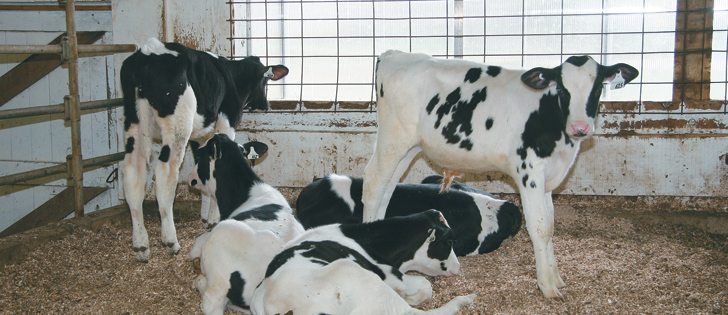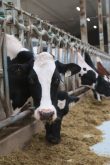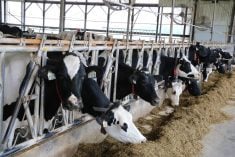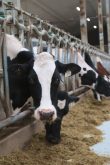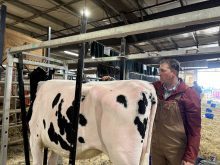The direction of Holstein breeding, and by extension a large part of the Canadian dairy industry, has been mapped out through the year 2020.
A Canadian Breed Strategy, consisting of five over-arching goals for Holstein production, was unveiled in late April after three years of dairy industry consultation across the country.
“It’s a bit of a road map for the future,” said Nova Scotia dairy producer Henry Van der Linden.
As a Holstein Canada board member and breed advisory committee chair, he was instrumental in developing the document, which has five major goals:
Read Also

Farming Smarter receives financial boost from Alberta government for potato research
Farming Smarter near Lethbridge got a boost to its research equipment, thanks to the Alberta government’s increase in funding for research associations.
- enhance selection criteria to provide the best genetics for Canadian Holstein producers and the world
- develop and maintain animal evaluation systems that assess trouble-free Holsteins
- intensify collaboration between industry partners
- support Dairy Farmers of Canada to implement national traceability for dairy cattle
- cultivate young leaders as advocates for the dairy industry
Van der Linden said genomics technology is the biggest change he has seen in the dairy industry in recent years, and genomics is part of the first strategic goal.
“The speed of genomics has a lot of people concerned, and the adoption of genomic testing … it’s slower than I thought it would be, really,” he said.
“To me, it’s another tool to use along with classification and milk reporting and our bull proofs. Its another source of information.”
Van der Linden said he has seen good results from use of genomics in his own dairy operation. Though producers might be leery of using young sires, the proof is in the animals.
“These young heifers are calving today and they’re good looking solid young cows that milk well.”
Part of the goal is to aggressively promote Canadian Holsteins as dairy-strong animals with good longevity in the herd.
The goal regarding evaluation systems is related to increased use of robotics at dairies, said Van der Linden. The systems capture data for producers that wasn’t previously available. Although proprietary, the industry could benefit from use of that data if producers will share it.
Holstein Canada has also committed to assist Dairy Farmers of Canada with its traceability plans, Van der Linden said.
Plans to attract young entrants to the industry will initially involve making strong connections with agricultural schools. Developing programs that will help with succession is also a theme because the cost of quota is a hindrance to new entrants.




